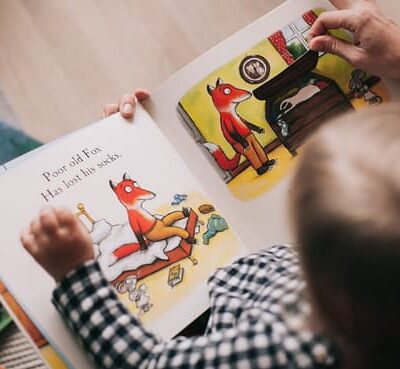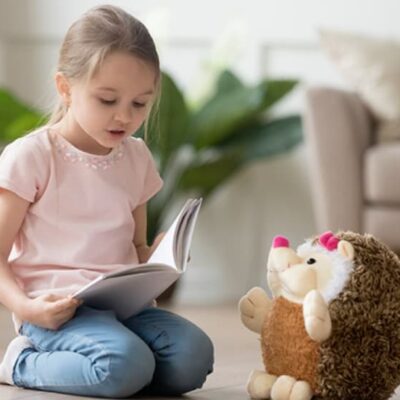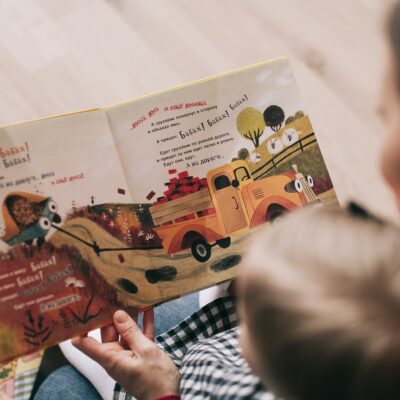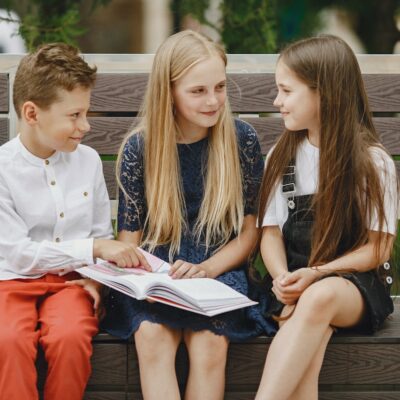The Magic of Children’s Books: Sparking Young Imaginations One Page at a Time

Introduction: The First Doorway to Wonder
Children’s books are more than just stories with colorful pictures — they are portals to new worlds, lessons wrapped in whimsy, and the first stepping stones on a child’s journey to understanding the world. Whether it’s the comforting rhythm of a bedtime story or the excitement of flipping to the next page in a mystery, children’s books help shape cognitive development, emotional growth, and even the way kids view themselves and others.
Reading from a young age introduces children to language, builds empathy, encourages imagination, and forms the basis of strong literacy skills. The impact of children’s literature goes far beyond entertainment; it becomes a lifelong companion and a mirror in which young readers can see both themselves and a world full of endless possibilities.
A World of Characters, Lessons, and Lifelong Memories
One of the most magical aspects of children’s books is their ability to create vivid, unforgettable characters who become beloved friends. From the adventurous curiosity of Curious George to the unwavering bravery of Matilda, these characters are not just fictional creations — they are role models, emotional guides, and timeless icons. These stories often address major life themes in ways children can grasp: friendship, fear, kindness, identity, and resilience.
Books like Charlotte’s Web, The Very Hungry Caterpillar, and Where the Wild Things Are are classics not just because they tell engaging tales, but because they present fundamental truths in simple, powerful ways. The clever use of rhythm, repetition, and rhyme in many children’s books supports language acquisition and memory retention while keeping young readers joyfully engaged.
Modern children’s literature has also evolved to become more inclusive and representative. Today’s books celebrate diversity in all its forms — cultural, racial, neurodiverse, and more. Books like Last Stop on Market Street by Matt de la Peña or Hair Love by Matthew A. Cherry show that every child’s story is worth telling and that every child deserves to see themselves in the pages they turn. Books like Julian Is a Mermaid or All Are Welcome encourage kids to embrace differences and celebrate individuality.
The beauty of children’s literature is that it isn’t bound by rules. Magical realism, imaginative creatures, talking animals — all of these elements help stretch a child’s understanding of reality while fostering emotional intelligence and moral reasoning. A book doesn’t need to be “realistic” to have a real impact.
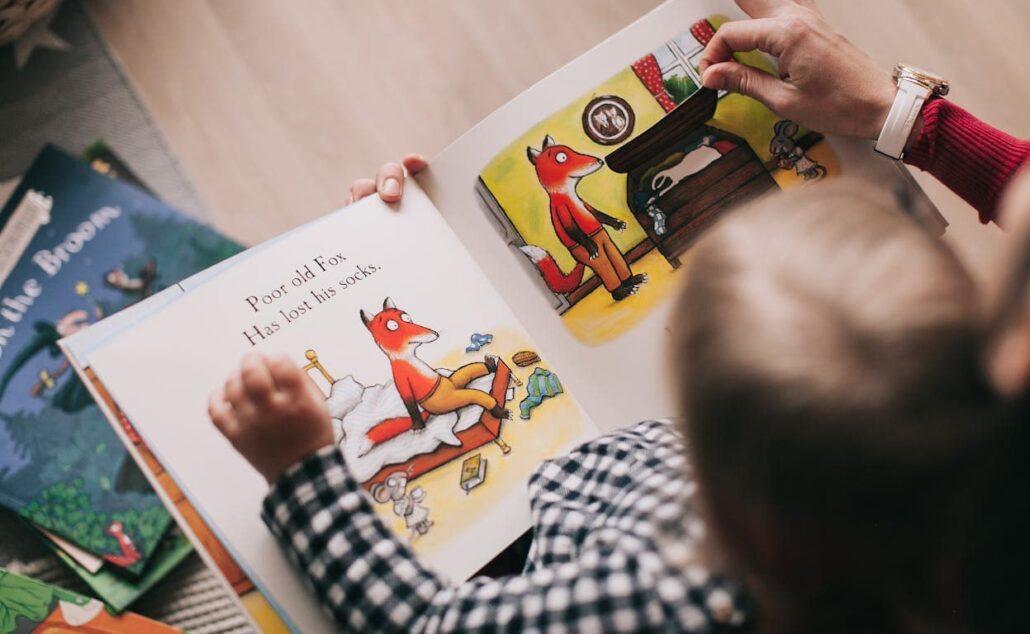
From Storytime to Lifelong Learning: The Benefits of Early Reading
Reading children’s books aloud to toddlers and preschoolers doesn’t just entertain them — it strengthens brain connections. Research consistently shows that early exposure to books helps children develop larger vocabularies, better comprehension skills, and even improved academic performance later in life. The parent-child bonding that occurs during storytime also plays a crucial role in emotional development and security.
Beyond academic benefits, children’s books teach social-emotional skills in a safe and digestible way. Through characters’ triumphs and troubles, kids learn how to cope with fear, express gratitude, embrace differences, and solve problems. A book like The Color Monster can introduce emotional literacy, while Have You Filled a Bucket Today? can encourage kindness and empathy.
Moreover, books foster imagination and creativity. A child who reads about time-traveling dinosaurs or a girl who sails across the sky in a paper boat is a child who learns to think beyond limits. Story-driven play, inspired by books, enhances creativity and helps kids develop complex problem-solving and storytelling abilities.
It’s also important to note that children’s books can be powerful tools for parents and teachers. Books can serve as conversation starters for difficult topics like grief, bullying, or moving to a new home. They can provide comfort, clarity, and guidance when adults may not know how to start the dialogue themselves.
When books are paired with interactive activities — like crafts, puppet shows, or dress-up — they become even more engaging. Programs in schools, libraries, and homes that integrate storytelling with playtime can solidify reading as a joyful experience rather than a chore. Encouraging kids to retell stories or invent their own endings can help develop confidence and communication skills.
Conclusion: Writing the Next Chapter for Future Readers
Children’s books are the foundation of a lifelong love of reading, learning, and understanding the world. They nurture curiosity, inspire courage, and instill values that stay with us long after we outgrow picture books. Every time a child discovers a new story, they take one more step toward becoming a thoughtful, informed, and empathetic person.
As we look to the future of children’s literature, the goal should not only be to entertain but also to elevate and educate. Authors, illustrators, publishers, parents, and educators all play vital roles in shaping the next generation of readers. By championing diverse voices, embracing imaginative storytelling, and encouraging reading from an early age, we ensure that the legacy of children’s books continues to light the way for children across the globe.
Because in every great children’s book, there lies the power to change a young life — one page at a time.
